
Miss Environment World 2023 Nguyen Thanh Ha shares at the workshop - Photo: QUANG DINH
Many opinions warn that pollution in Hanoi and Ho Chi Minh City has reached alarming levels, requiring urgent action to bring air quality to safe levels within 5 years. The focus is on developing public transport and promoting digital transformation associated with green transformation.
Suburbs "easy to breathe", inner city "hot"
Dr. Hoang Duong Tung - Chairman of the Vietnam Clean Air Network - said that the air quality in many localities, suburban areas of Hanoi and Ho Chi Minh City is still "easy to breathe". However, the inner city areas of Hanoi and Ho Chi Minh City are very "hot".
In just the first two quarters of 2025, Ho Chi Minh City had more than 65 days of pollution exceeding standards, with the AQI at 194 at 8 a.m. on January 14 (air quality was at the "Poor" level). Not only that, the city ranked 4th in the list of the most polluted major cities in the world.
In Hanoi, the annual air quality average is 47um/m3, 1.8 times higher than Vietnam's permitted standards. In the first 6 months of 2025, units recorded more than 80 days with PM2.5 concentrations exceeding the bad and very bad threshold, with peak AQI periods reaching 200-250. Air pollution is especially severe in winter (from October of the previous year to April of the following year).
Dr. Tung analyzed that the most dangerous "hidden culprit" causing air pollution in urban areas is traffic in inner-city wards and national highways, from exhaust fumes from cars and motorbikes running on gasoline and oil, road dust, and partly from brake friction. There are millions of motorbike exhaust pipes, which are millions of microscopic sources of emissions.
"An old gasoline-powered motorbike can emit 10-20 times more CO, HC, NOx and fine dust than a Euro 4-5 standard car," said Mr. Tung.
Explaining further, Mr. Tung said that the reason air quality is getting worse is because urban areas have not controlled emission sources well, awareness of the harmful effects of air pollution and determination to solve the problem in some places is not high. In addition to the old Department of Natural Resources and Environment, the old district/county level and other sectors lack participation in emission control.
To solve urban air pollution, this expert said that departments and localities must take drastic action, strongly mobilize financial resources and closely coordinate with neighboring provinces.
In the 2025-2030 period, it is necessary to promote digital transformation to promote green transformation, placing the goal of improving air quality at the top of socio -economic development policies.
He proposed assessing responsibility by KPI, clearly defining people, tasks, progress and efficiency, and referring to Beijing's experience in allocating tasks and assigning responsibility to leaders.
Reducing air pollution, moving towards a Ho Chi Minh City with fewer private vehicles
Regarding monitoring data sources, Associate Professor Nguyen Dinh Tho, Deputy Director of the Institute of Strategy and Policy on Agriculture and Environment, said that the Ministry of Agriculture and Environment has built a monitoring system and managed a monitoring database in 34 provinces and cities. The Institute proposed controlling pollution through carbon pricing, fossil fuel substitution credits and electric vehicle credits.
In the coming time, units will review and advise on the development of macro-level policies such as the Air Law, lending mechanisms, support and incentives; at the same time, inventory and monitor emission sources, invest in a thick and wide environmental monitoring system, and regularly strengthen environmental sanitation.
At the same time, it is necessary to tighten vehicle emission standards and promote the transition to green vehicles. Ho Chi Minh City also plans to set up areas that restrict private vehicles during rush hours, especially in densely populated areas and the city center.
Associate Professor Dr. Mai Tuan Anh, Ho Chi Minh City Water and Environment Association, expects that in the next year, Ho Chi Minh City will convert personal transportation to public transportation, and build a culture of using public transportation. Similarly, Mr. Tho also supports the start of controlling and converting public transportation and official vehicles to green.
Mr. Tho assessed that motorbikes are having a big impact on environmental air pollution, and there is no city in the world where on average 1-2 people use 1 motorbike to travel.
"In my opinion, Ho Chi Minh City is on the right track when it is focusing on developing public transport and plans to convert 400,000 gasoline vehicles of shippers and technology drivers to electric vehicles. In the long run, moving by electric vehicle is much more cost-effective than the habit of driving a gasoline vehicle," he said.
Electric vehicle infrastructure needs to be built immediately.
Referring to emission control solutions, Mr. Bui Hoa An - Deputy Director of the Ho Chi Minh City Department of Construction - said that the city is synchronously implementing many emission control solutions, of which two prominent projects are: developing public transport associated with reducing private vehicles and controlling vehicle emissions.
These two projects are implemented in parallel to maximize the effectiveness of reducing personal vehicles and promoting green transportation.
Currently, Ho Chi Minh City has about 2,500 buses, of which 49% have switched to electric buses. The Ho Chi Minh City Institute for Development Studies is also about to submit a project to convert the vehicles of about 400,000 shippers and technology drivers.
According to Mr. An, the support policy must be reasonable so that people can make the green transition with minimal impact, while taking advantage of the incentive, preferential and fair support mechanisms from Resolution 98. The city is also preparing charging infrastructure and a static traffic system, with the goal of expanding parking lots and charging stations at motels, apartments, supermarkets... to meet demand.
From an environmental management perspective, Ms. Ngo Nguyen Ngoc Thanh, Deputy Head of the Department of Environmental Protection - Department of Agriculture and Environment of Ho Chi Minh City, said that the city's goal is to reduce 90% of the increased air pollution from transportation activities, ensure that 100% of production facilities treat emissions according to standards and install continuously operating emission monitoring systems.
The city will speed up the progress of public transport infrastructure projects, apply national emission standards for cars and motorbikes, and strictly control emissions from construction, agriculture and daily life.
Ms. Thanh emphasized that the city will strengthen supervision and strictly handle violations; collect industrial emission fees; and require projects with pollution risks to apply advanced emission control technology right from the design and operation stages.

Cars jammed the road at Hang Xanh roundabout, Ho Chi Minh City - Photo: QUANG DINH
Converting to green cars must be done step by step
Journalist Tran Xuan Toan - deputy editor-in-chief of Tuoi Tre newspaper - said the workshop is an activity in the "Green Vietnam" program that the newspaper has coordinated to organize for many years, aiming to raise awareness among the community and businesses in preserving the urban environment.
He emphasized that air pollution in large cities is a major concern, and it is necessary to quickly "diagnose" the cause to propose appropriate solutions and policies. The three main sources of pollution are identified as industrial production, traffic and construction, of which traffic is the largest source of emissions in Ho Chi Minh City, especially in the central area where the number of private vehicles is constantly increasing.
Regarding the solution, Dr. Pham Viet Thuan - Director of the Institute of Natural Resources and Environment Economics of Ho Chi Minh City - said that the restriction must be based on the level of impact on the air. Therefore, the authorities should only do it step by step, in which the planning of public transport and metro has been in place for a long time, now focusing on completing it. To reduce private vehicles, there must be a roadmap and plan based on people's finances.
"To have a good public transport system, Ho Chi Minh City should diversify buses, privatize buses to increase service quality and have policies for bus riders, creating a civilized and polite public transport culture," Mr. Thuan shared.
Source: https://tuoitre.vn/giai-bai-toan-o-nhiem-khong-khi-o-do-thi-giao-thong-xanh-va-chuyen-doi-so-se-la-tru-cot-20250816074428913.htm



![[Photo] Students of Binh Minh Primary School enjoy the full moon festival, receiving the joys of childhood](https://vphoto.vietnam.vn/thumb/1200x675/vietnam/resource/IMAGE/2025/10/3/8cf8abef22fe4471be400a818912cb85)

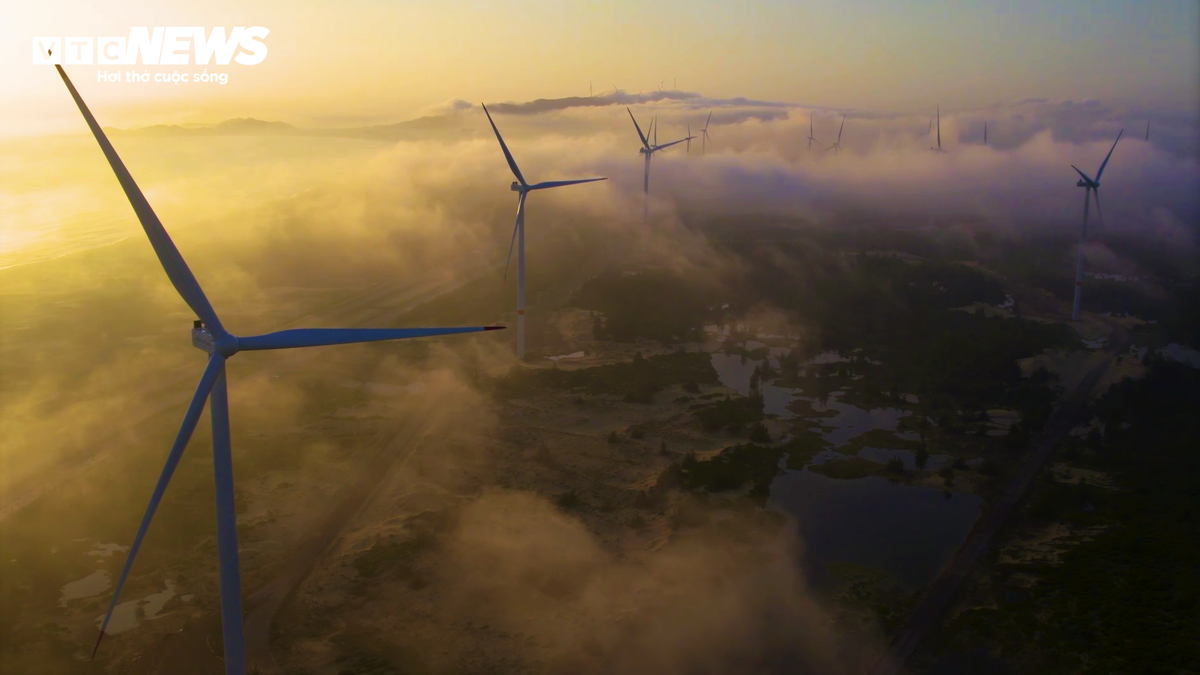

![[Photo] Prime Minister Pham Minh Chinh chairs meeting to deploy overcoming consequences of storm No. 10](https://vphoto.vietnam.vn/thumb/1200x675/vietnam/resource/IMAGE/2025/10/3/544f420dcc844463898fcbef46247d16)


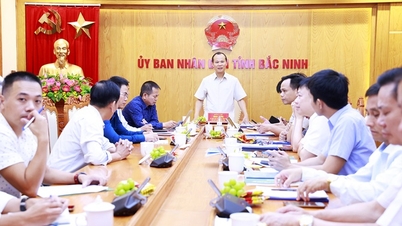

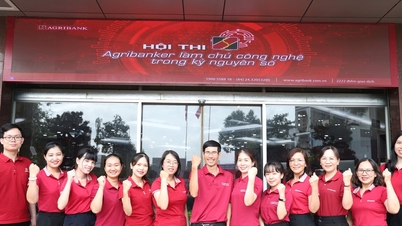

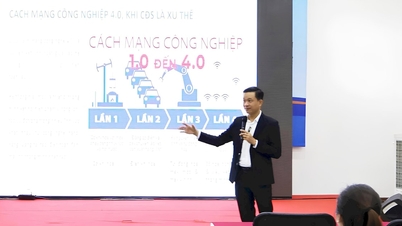



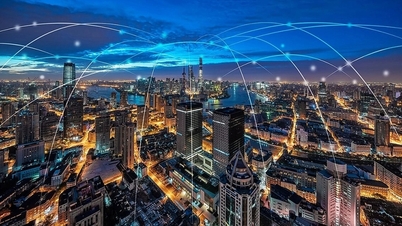

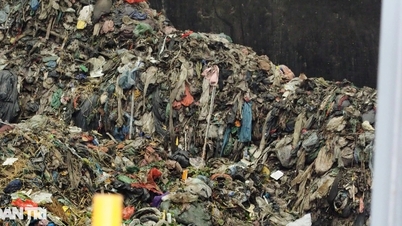
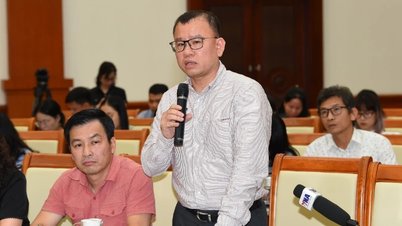


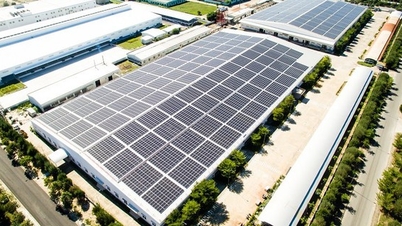






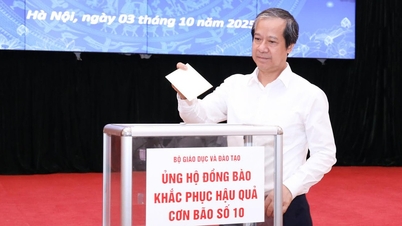




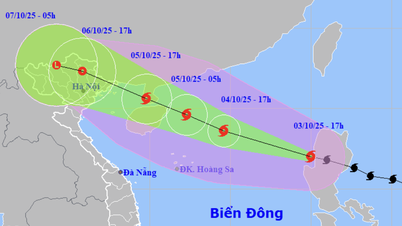

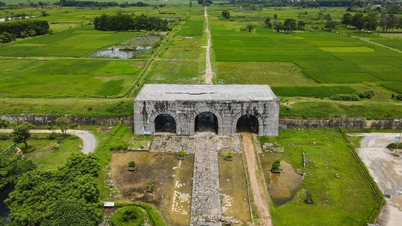






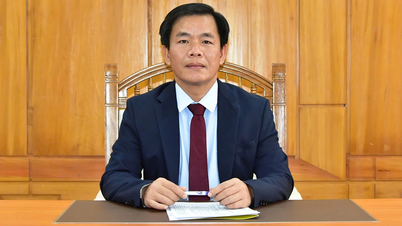












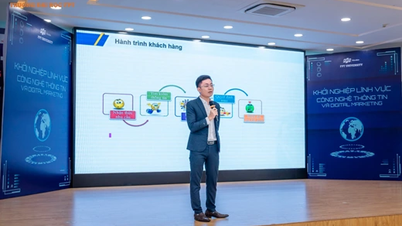
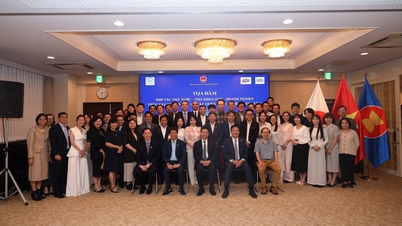

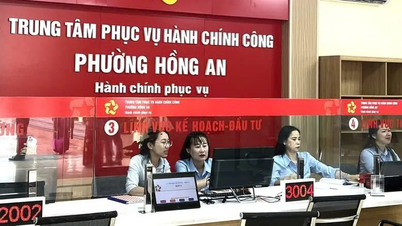

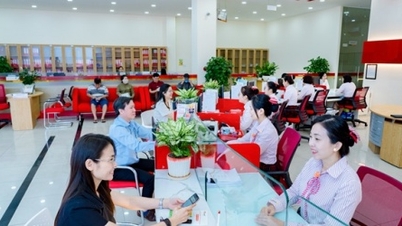

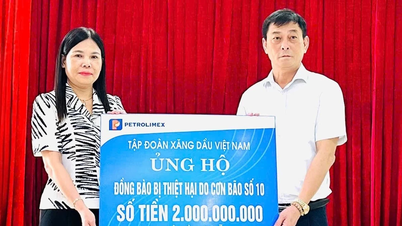


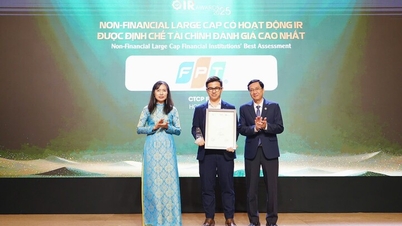

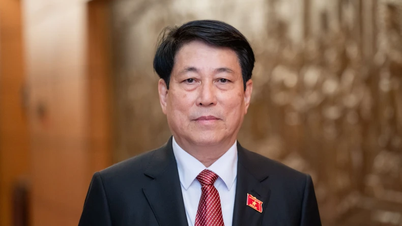


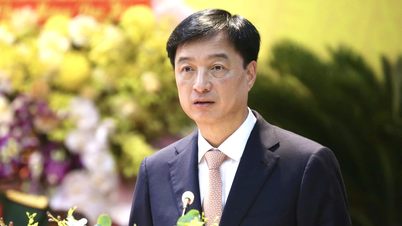
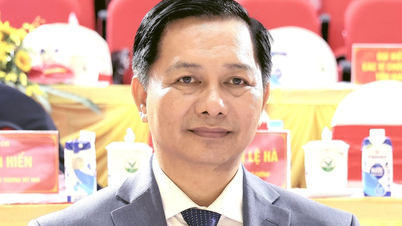
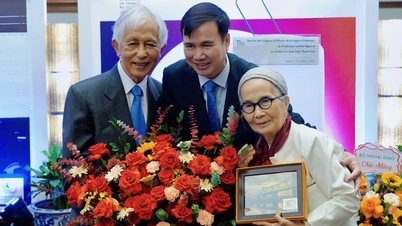













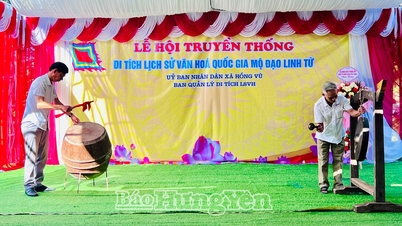







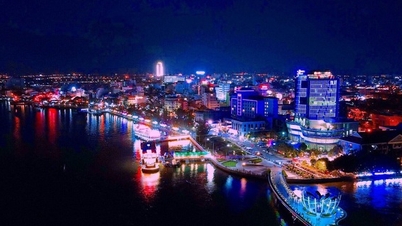





Comment (0)